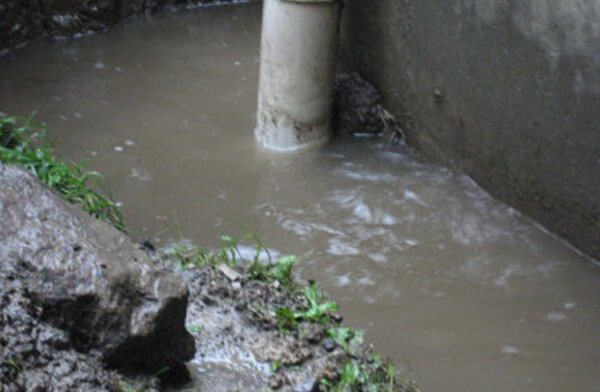Guide To Water Leakage Detection In The House
Guide To Water Leakage Detection In The House
Blog Article
Almost everyone has their personal piece of advice with regards to Locating water leaks.

Early detection of dripping water lines can reduce a prospective disaster. Aside from saving you cash, it will certainly decrease the worry and also frustration. The minute you locate a leak, calling your plumber for repair services is the most effective service. Some small water leakages might not be visible. Here are some hacks that assist if you can not spot it with your nude eyes.
1. Examine the Water Meter
Inspecting it is a guaranteed means that assists you find leaks. If it relocates, that shows a fast-moving leak. This indicates you might have a slow leak that could also be below ground.
2. Check Water Consumption
If you identify abrupt changes, in spite of your intake being the exact same, it means that you have leaks in your plumbing system. An abrupt spike in your costs indicates a fast-moving leak.
A constant increase every month, also with the exact same habits, shows you have a slow leakage that's additionally gradually intensifying. Call a plumber to extensively inspect your residential or commercial property, specifically if you really feel a cozy area on your floor with piping underneath.
3. Do a Food Coloring Test
When it comes to water usage, 30% comes from commodes. If the color somehow infiltrates your bowl throughout that time without flushing, there's a leakage between the tank and bowl.
4. Asses Exterior Lines
Don't fail to remember to inspect your outdoor water lines as well. Examination faucets by attaching a garden hose pipe. Needs to water seep out of the connection, you have a loose rubber gasket. Change this as well as make certain all connections are tight. It will certainly help get it properly examined and also kept every year if you've obtained a lawn sprinkler system. One little leakage can throw away tons of water and increase your water costs.
5. Check and Examine the Scenario
House owners should make it a behavior to inspect under the sink counters and even inside cabinets for any bad odor or mold and mildew growth. These 2 red flags indicate a leakage so prompt attention is needed. Doing regular examinations, also bi-annually, can save you from a major trouble.
Inspect for stainings as well as deteriorating as a lot of pipelines and also appliances have a life expectations. If you believe leaking water lines in your plumbing system, do not wait for it to rise.
Early discovery of dripping water lines can minimize a prospective disaster. Some small water leakages may not be visible. Inspecting it is a guaranteed method that assists you find leakages. One small leak can lose bunches of water as well as increase your water costs.
If you believe leaking water lines in your plumbing system, do not wait for it to intensify.
How to Know If Your Home Has a Hidden Leak
Water Meter Reveals Inexplicable Water Usage
If you’d like to test whether or not there’s a leak somewhere in your home, you can do this using your water meter. Here is how to conduct the test:
Don’t use any water in your home for at least 30 minutes; this also means not turning on faucets or water-using appliances.
Go outside, and check your water meter for activity.
If your water meter shows that there was activity, even though no one was using any water, this proves that there is a leak in your home.Visible Mold or Mildew Growth
Leaks behind walls create moist, dark environments that allow mold and mildew to grow and thrive. Eventually, you might see mold growth forming on the wall closest to a hidden leak.
If mold is growing in an area that receives a high amount of moisture, such as a bathroom, it may simply be an indication that better ventilation is needed. However, if you see mold growth on a wall or the ceiling in an area where you would not expect, you probably have a hidden leak.
Musty, Mildew Odor
Sometimes you might not be able to see the mold or mildew that is growing as a result of a leak. However, the smell can give the problem away just as easily. If you catch a whiff of something musty, there’s a good chance that old water is collecting somewhere in your home that you can’t see.
Stained/Warped Walls, Ceilings, or Floors
When your home soaks up water, a variety of red flags can become visible, including ceiling stains, bubbling drywall, warped walls, and sagging floors. While these issues can be caused by excess humidity, they can also be signs that a pipe or plumbing connection has started leaking behind your walls.
Inexplicably High Water Bill
After a while, you get a general sense for what your water bill should be. If you own a pool or sprinkler system, your bill will tend to be higher during summer. However, if you receive a water bill that seems especially high, and you can’t figure out what caused it, then you may have a hidden leak somewhere that’s increasing your bill.
https://www.plumbingjoint.com/blog/2019/july/how-to-know-if-your-home-has-a-hidden-leak/

I discovered that blog entry about Top leak detection hacks when doing a lookup on the internet. Kindly take a moment to promote this blog if you liked it. Thanks a lot for your time spent reading it.
Report this page